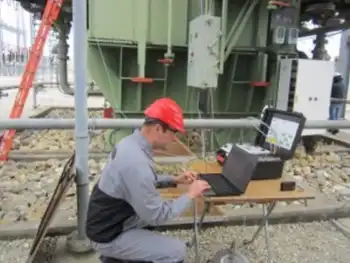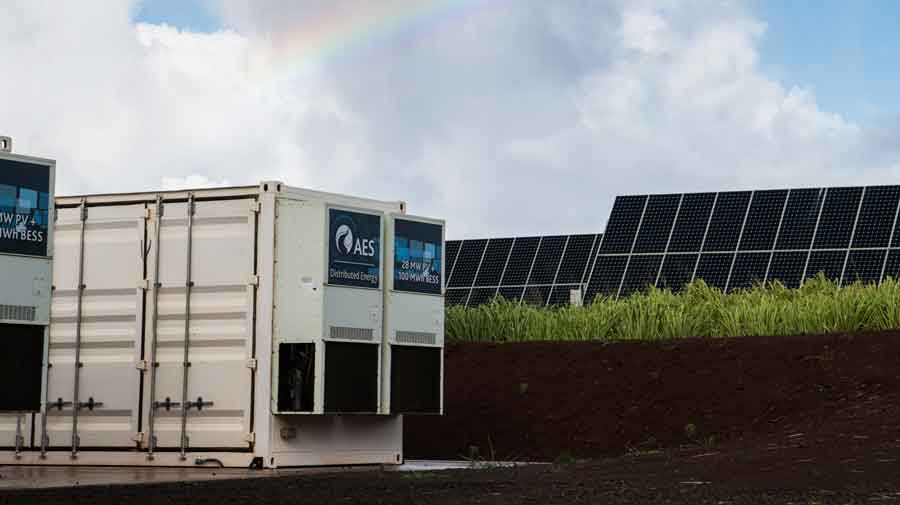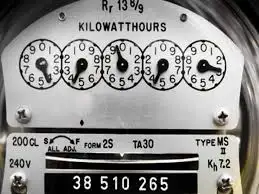SWEPCO plans 600-megawatt plant
TEXARKANA, ARKANSAS - About 2, 800 forested acres north of Fulton are the proposed site for a coal-fired power plant that could supply up to 600 megawatts of electricity to Southwestern Electric Power Co. customers by 2011.
The $1.3 billion facility, announced at a recent news conference in Texarkana, is one of three plants that SWEPCO, a subsidiary of American Electric Power, plans to build to meet growing demand over the next five years.
Before construction begins, the plants must gain the approval of state regulators in Arkansas, Louisiana and Texas — states that fall under SWEPCO’s service territory, SWEPCO spokesman Mike Young said.
Once that occurs — something SWEPCO hopes to accomplish by early 2007 — between 1, 000 and 1, 400 construction workers will descend upon Hempstead County and stay for about four years.
Once finished, the plant will provide an estimated 110 permanent jobs.
“This power plant will be a tremendous boost to the economy in southwest Arkansas, starting with the vast number of construction jobs, and eventually with the permanent employees,” Larry Walther, director of the Arkansas Department of Economic Development, said in an e-mailed statement. U. S. Sen. Blanche Lincoln, D-Ark., also praised the plant’s use of “clean coal combustion technology,” which aims to reduce emissions of carbon dioxide and other pollutants believed to contribute to global warming. Other officials on hand included U. S. Sen. Mark Pryor, DArk., and Gov. Mike Huckabee.
“I applaud [AEP’s] efforts to utilize cutting-edge technology that will protect the environment while providing reliable power resources to the area,” Lincoln said. “I look forward to working with the community and local officials to ensure successful implementation of this new facility.” Hempstead County edged out another possible site — a SWEPCO plant near Hallsville, Texas — in attracting the proposed plant, Young said. Both have lignite in common. The Hallsville plant burns the brownish-black coal for its fuel, while the site near Fulton rests near lignite deposits throughout southwest Arkansas.
Current plans call for the Fulton plant to burn coal from WyomingÂ’s Powder River Basin. The area is one of the worldÂ’s most abundant coal sources, but was plagued by rail delivery problems in 2005 and early 2006.
“But we believe that as technology continues to evolve, lignite is something we’ll take another look at,” Young said. Other factors cited in selecting the Fulton site included environmental impact, available transmission and the size of the proposed plant.
With its $1 billion investment, SWEPCO plans to own about 75 percent of the plant upon completion, Young said. The company currently is in talks with third parties to finance the remaining 25 percent, he said.
Upon approval, the Fulton plant would join two other projects — 480 megawatts of natural gas-fired units planned near Tontitown and a 480-megawatt gas-fired plant in Shreveport — expected to be online by 2010.
All three plants, which represent a combined $1.4 billion in new construction for SWEPCO, are needed to meet a capacity shortage that could affect the utility as early as 2008.
Since 1986, the Shreveportbased power provider has seen its customer base increase by 19 percent, with most of the growth concentrated in Fayetteville, Texarkana, Shreveport-Bossier City and Longview, Texas.
In Arkansas, SWEPCOÂ’s largest users include Wal-Mart Stores Inc., Tyson Foods Inc. and forest products company Domtar Inc. Other large users in its Ark-La-Tex system include General Motors Corp., Lone Star Steel Co. and Barksdale Air Force Base. Wholesale customers include the cities of Bentonville, Hope and Minden, La.
SWEPCO has 451, 000 customers, including nearly 111, 000 Arkansas homes and businesses. The utility serves about 25, 000 square miles of western Arkansas, northwest Louisiana and eastern Texas.
Related News

U.S. Launches $250 Million Program To Strengthen Energy Security For Rural Communities
WASHINGTON - The U.S. Department of Energy (DOE) today issued a Request for Information (RFI) seeking public input on a new $250 million program to strengthen the cybersecurity posture of rural, municipal, and small investor-owned electric utilities.
Funded by President Biden’s Bipartisan Infrastructure Law, the Rural and Municipal Utility Advanced Cybersecurity Grant and Technical Assistance (RMUC) Program will help eligible utilities harden energy systems, processes, and assets; improve incident response capabilities; and increase cybersecurity skills in the utility workforce. Providing secure, reliable power to all Americans will be a key focus on the pathway to achieving President Biden’s goal of a…




